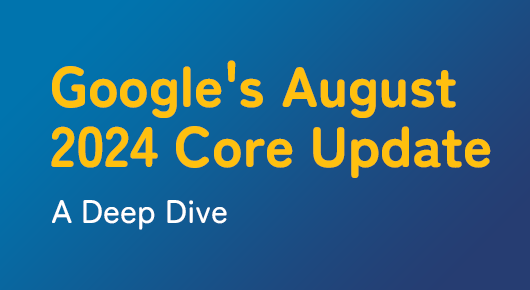According to VIOOH’s Programmatic DDOOH2022, State of the Nation report, nearly half (49%) of campaigns by the Australian marketing executives surveyed included programmatic DOOH, and that figure was likely to increase to 56% over the coming year. The planning and buying of programmatic DDOOH is increasingly taking place alongside other programmatic activities, demonstrating increasing market desire to align programmatic DDOOH within a multi-channel campaign strategy.
So, what is programmatic DOOH?
Programmatic digital out-of-home (DOOH) is a data-driven approach to buying and managing DOOH advertising inventory. It leverages programmatic technology and real-time bidding platforms to automate the purchasing process and deliver targeted and personalized messages to specific audience segments. It offers efficiency, scalability, and the ability to optimize campaigns in real-time, enhancing the effectiveness of DOOH advertising.
What are the benefits?
1. Targeting and personalization: Programmatic DOOH enables advertisers to target specific audience segments based on data and insights. By integrating audience data, such as demographics, behaviour, or geolocation, advertisers can deliver more relevant and personalized messages to the desired target audience. It also offers an ability to use time of day or week targeting.
2. Real-time optimisation: Programmatic DOOH allows advertisers to optimise their campaigns in real-time. They can analyse data on impressions, engagement, and other metrics, and make adjustments to their messaging or targeting strategies accordingly.
3. Reach and scale: Programmatic DOOH enables advertisers to reach a broader audience by accessing multiple formats more easily. They can extend their reach across various formats, such as billboards, transit advertising, digital displays, and more, maximizing the impact of their campaigns.
4. Flexibility and agility: Programmatic DOOH allows advertisers to adapt and respond to changing market conditions and audience behaviours rapidly. They can schedule, modify, or pause campaigns based on real-time insights, ensuring their messages are timely and relevant. This agility is particularly useful for time-sensitive promotions, events, or campaigns.
Are there any disadvantages?
While buying out of home programmatically offers several benefits, advertisers should be aware of some limitations.
1. Limited inventory and locations: Programmatic DOOH may have limitations in terms of available inventory and specific locations. Not all DOOH media owners may participate in programmatic buying, resulting in a smaller pool of inventory to choose from. This can restrict the reach and targeting capabilities of advertisers, especially in certain geographic areas or niche markets.
2. Lack of transparency and visibility: Programmatic buying involves automated processes and algorithms, which can sometimes result in a lack of transparency and visibility of ad placements. Due to the dynamic nature of ads appearing, Advertisers will not receive a confirmed site list prior to the campaign, nor proof of positing images. A potential list of sites can be supplied but dependent on demand and availability, your ad may or may not appear on sites.
3. Volume of site specifications: While the benefit of reach is a clear advantage of having your ad place across numerous out of home formats, this conversely requires that you supply creative to a vast number of specifications. This can be a drain on creative team resource and increase costs of production.
4. Premium CPM compared to direct DOOH buy: While a direct to media supplier out of home buy
isn’t purchased on CPM, for those doing the comparison by impressions it’s clear that CPMs when
buying programmatically are much higher. Particularly when accounting for additional tech fees
often charged by DSPs. It is important to note that programmatic DOOH CPM when compared to
other mass media formats is still very effective.
The final verdict
The growth of spending in programmatic DOOH shows it’s here to stay, but as to how much it will replace or surpass a traditional direct buy with media suppliers is yet to be known. At present for brands with a large out of home budget, and mass market objective the traditional direct buy still offers the greatest cost efficiency. Until there is an ability to assure inventory and reduce tech fees that are driving up programmatic DOOH CPMs, this may continue. For advertisers with smaller budgets and requiring a higher level of targeting to reduce wastage, programmatic DOOH offers distinct benefits and a valuable entry point to using the medium.







